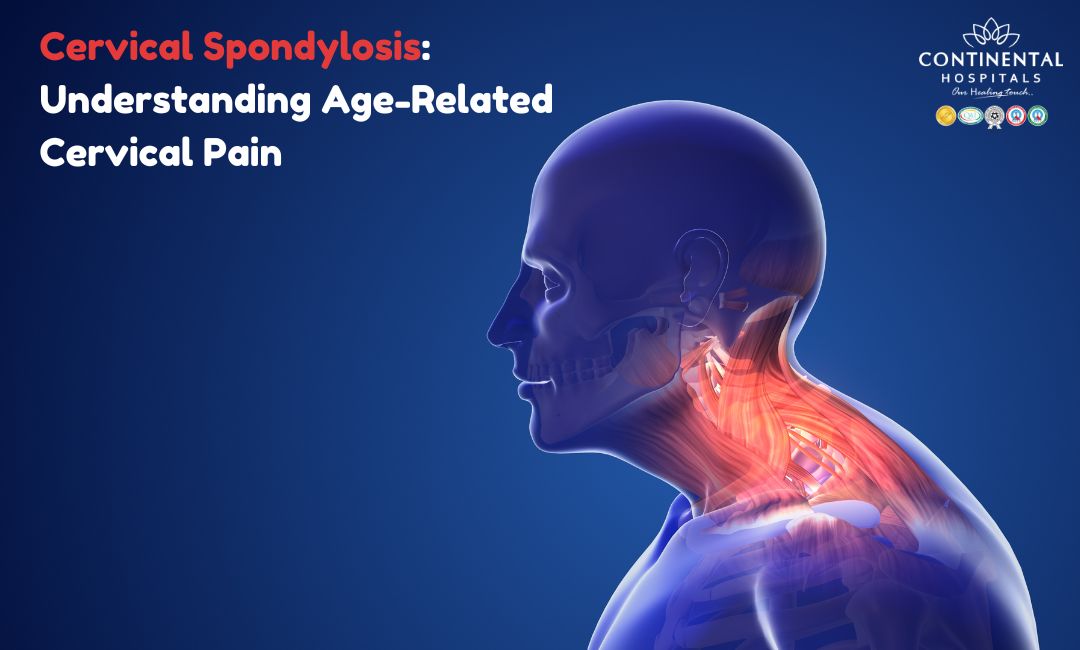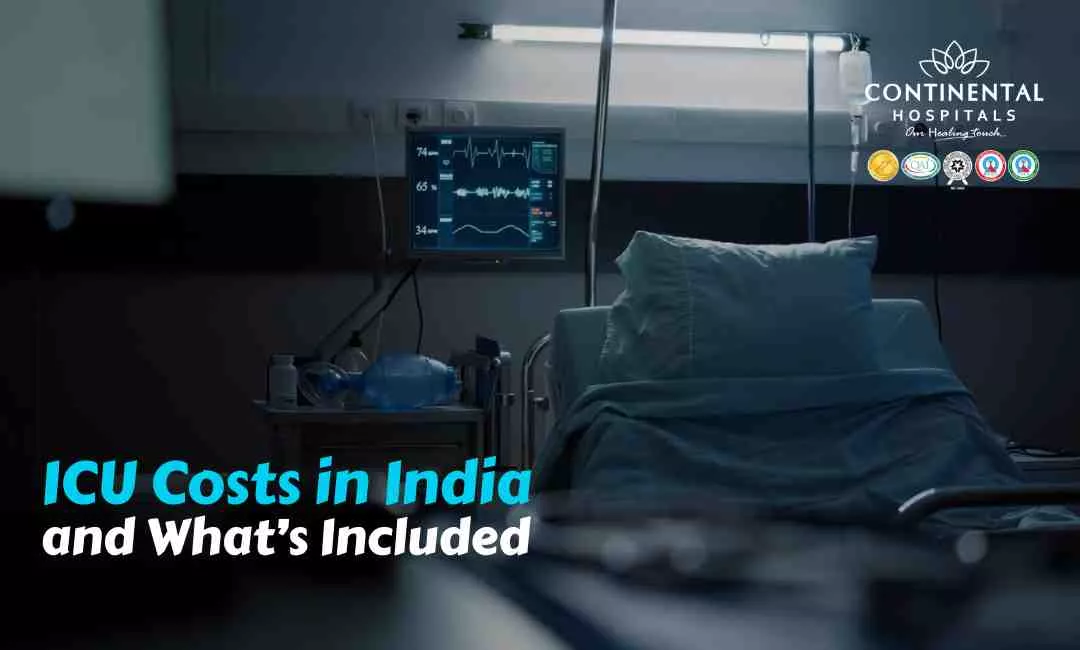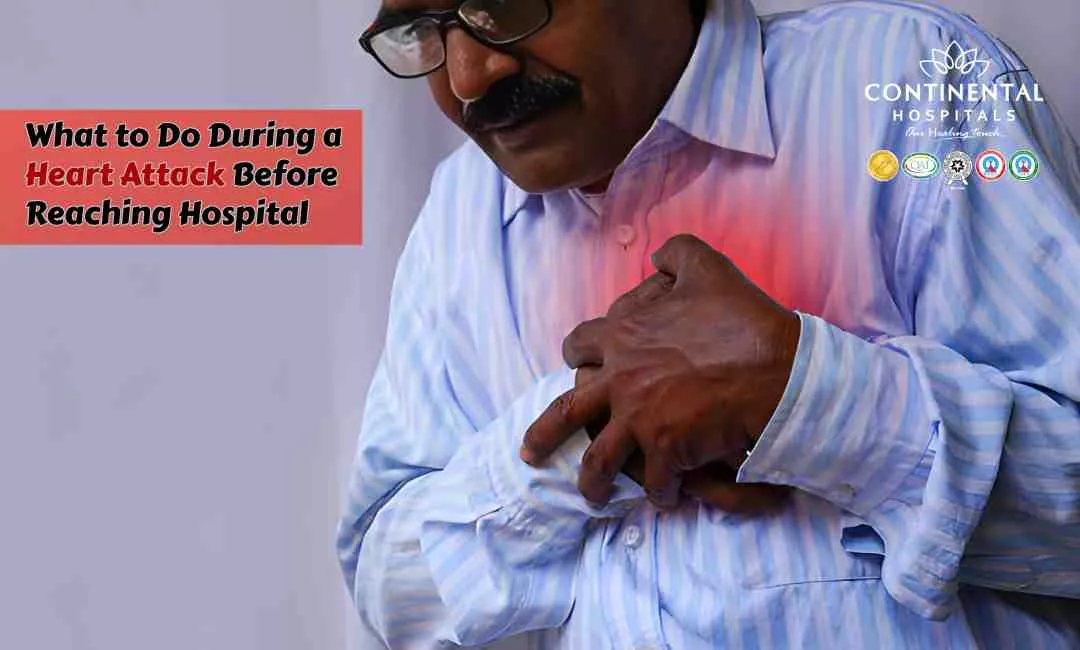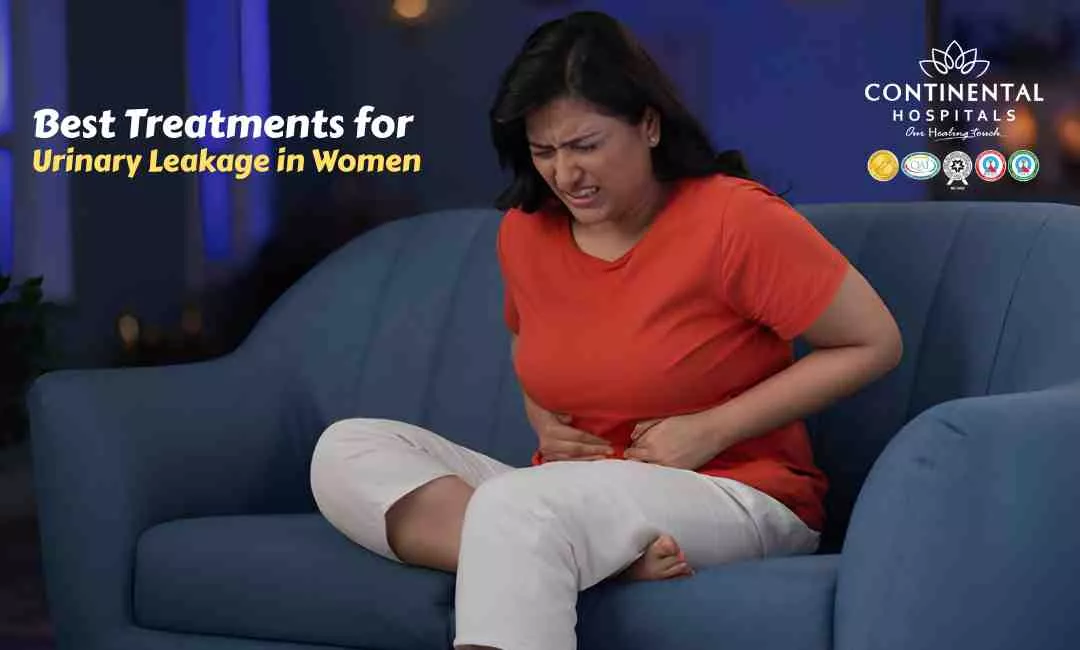Cervical spondylosis is a common condition that affects the neck, particularly in older adults. It occurs due to wear and tear on the cervical spine, which consists of the bones, discs, and joints in your neck. As we age, these components naturally degenerate, leading to pain and discomfort. In this blog, we'll explore the causes, symptoms, and treatment options for cervical spondylosis in simple, easy-to-understand terms.
What Is Cervical Spondylosis?
Cervical spondylosis, also known as neck arthritis or cervical osteoarthritis, is a condition that develops as the protective cushioning between the bones in your neck begins to break down. Over time, the discs that act as shock absorbers become less flexible, leading to a narrowing of the spinal canal, bone spurs, and other changes that can result in neck pain and stiffness.
Causes of Cervical Spondylosis
There are several factors that contribute to cervical spondylosis, but the primary cause is aging. As you grow older, your spine undergoes changes that can affect its function. Here are the key factors involved:
🥗 Healthy Plate Challenge
🍽 Add Your Favorite Dish
Pick Your 6 favorite foods, eat, and see the results.Drag & drop foods onto your plate.
Drop Food Here
Wear and Tear: Over time, the discs between the vertebrae in the neck can degenerate. This can lead to loss of disc height and flexibility.
Bone Spurs: The body responds to the wear and tear by producing extra bone to support the spine. These bone spurs can compress the nerves, causing pain.
Dehydrated Discs: Discs are made mostly of water. As you age, they lose water content, making them less effective as shock absorbers.
Herniated Discs: When the discs weaken, they may bulge or rupture, pressing on nearby nerves.
Ligament Stiffness: The ligaments in the neck, which hold the vertebrae together, can stiffen with age, making the neck less flexible and more prone to injury.
Symptoms of Cervical Spondylosis
The symptoms of cervical spondylosis can vary from mild discomfort to severe pain, depending on the severity of the condition. Common symptoms include:
Neck Pain: The most frequent symptom is pain in the neck that may worsen with certain movements or prolonged activity.
Stiffness: Many people experience stiffness in the neck, particularly in the morning or after long periods of sitting or standing.
Headaches: Some individuals with cervical spondylosis develop tension headaches that start from the neck and spread to the back of the head.
Numbness or Tingling: When the nerves in the neck are compressed, it can lead to numbness or tingling in the arms, hands, or fingers.
Muscle Weakness: In more severe cases, cervical spondylosis can lead to muscle weakness in the arms, which may affect your ability to lift objects or perform certain tasks.
Loss of Balance: In rare cases, cervical spondylosis can affect coordination and balance, especially if the spinal cord is compressed.
Risk Factors for Cervical Spondylosis
While aging is the most significant risk factor for cervical spondylosis, other factors can increase your chances of developing the condition, including:
Genetics: If your family has a history of cervical spondylosis, you may be more likely to develop it.
Occupation: Jobs that involve repetitive neck movements or heavy lifting can strain the neck, leading to earlier wear and tear.
Smoking: Smoking has been linked to faster disc degeneration, increasing the risk of cervical spondylosis.
Sedentary Lifestyle: Lack of regular exercise can weaken the muscles that support your neck and spine, making you more susceptible to neck pain.
Diagnosis of Cervical Spondylosis
If you experience persistent neck pain or other symptoms, it's important to see a healthcare professional for a proper diagnosis. Your doctor will begin with a physical exam, checking for tenderness, range of motion, and muscle strength. They may also perform imaging tests such as:
X-rays: These can reveal bone spurs and other changes in the spine.
MRI: This test provides detailed images of the soft tissues in the neck, including the discs and nerves.
CT Scan: A CT scan may be used to get a closer look at the bones and discs in your neck.
Treatment Options for Cervical Spondylosis
Treatment for cervical spondylosis focuses on relieving pain, improving mobility, and preventing further damage. Most cases can be managed with conservative treatments, but more severe cases may require medical intervention.
Non-Surgical Treatments
- Pain Relievers: Over-the-counter medications like ibuprofen or acetaminophen can help reduce pain and inflammation.
- Physical Therapy: A physical therapist can guide you through exercises that strengthen the muscles in your neck and improve flexibility.
- Heat and Ice Therapy: Applying heat or cold to the neck can reduce inflammation and alleviate discomfort.
- Neck Brace: In some cases, wearing a soft cervical collar can provide short-term relief by limiting neck movement.
- Steroid Injections: If your pain is severe, your doctor may recommend corticosteroid injections to reduce inflammation around the nerves.
Surgical Treatments
Surgery is rarely needed for cervical spondylosis but may be recommended if conservative treatments fail or if there is significant nerve compression. Surgical options include removing bone spurs, fusing vertebrae, or enlarging the space for the spinal cord.
Preventing Cervical Spondylosis
While you can't stop the aging process, there are steps you can take to reduce your risk of developing cervical spondylosis or to prevent it from worsening:
Stay Active: Regular exercise helps maintain the strength and flexibility of your neck muscles.
Maintain Good Posture: Poor posture can strain your neck and spine. Be mindful of your posture, especially when sitting for long periods.
Quit Smoking: If you smoke, quitting can slow down the degeneration of your discs.
Use Ergonomic Tools: Whether you're at work or at home, make sure your workspace is set up to minimize strain on your neck.
When to See a Doctor
If your neck pain persists or worsens despite self-care measures, it's crucial to seek medical attention. Additionally, consult your doctor if you experience:
- Sudden or severe neck pain
- Weakness or numbness in your arms or hands
- Difficulty with coordination or balance
- Bowel or bladder issues
Conclusion
Cervical spondylosis is a common condition that many people face as they age. By understanding the causes, symptoms, and treatment options, you can take proactive steps to manage your neck pain effectively. Remember that a healthy lifestyle, good posture, and timely medical intervention can significantly improve your quality of life.
If you're experiencing cervical spondylosis, consult our best neurosurgeons and spine surgeons at Continental Hospital today!
Related Blogs:
.webp)














